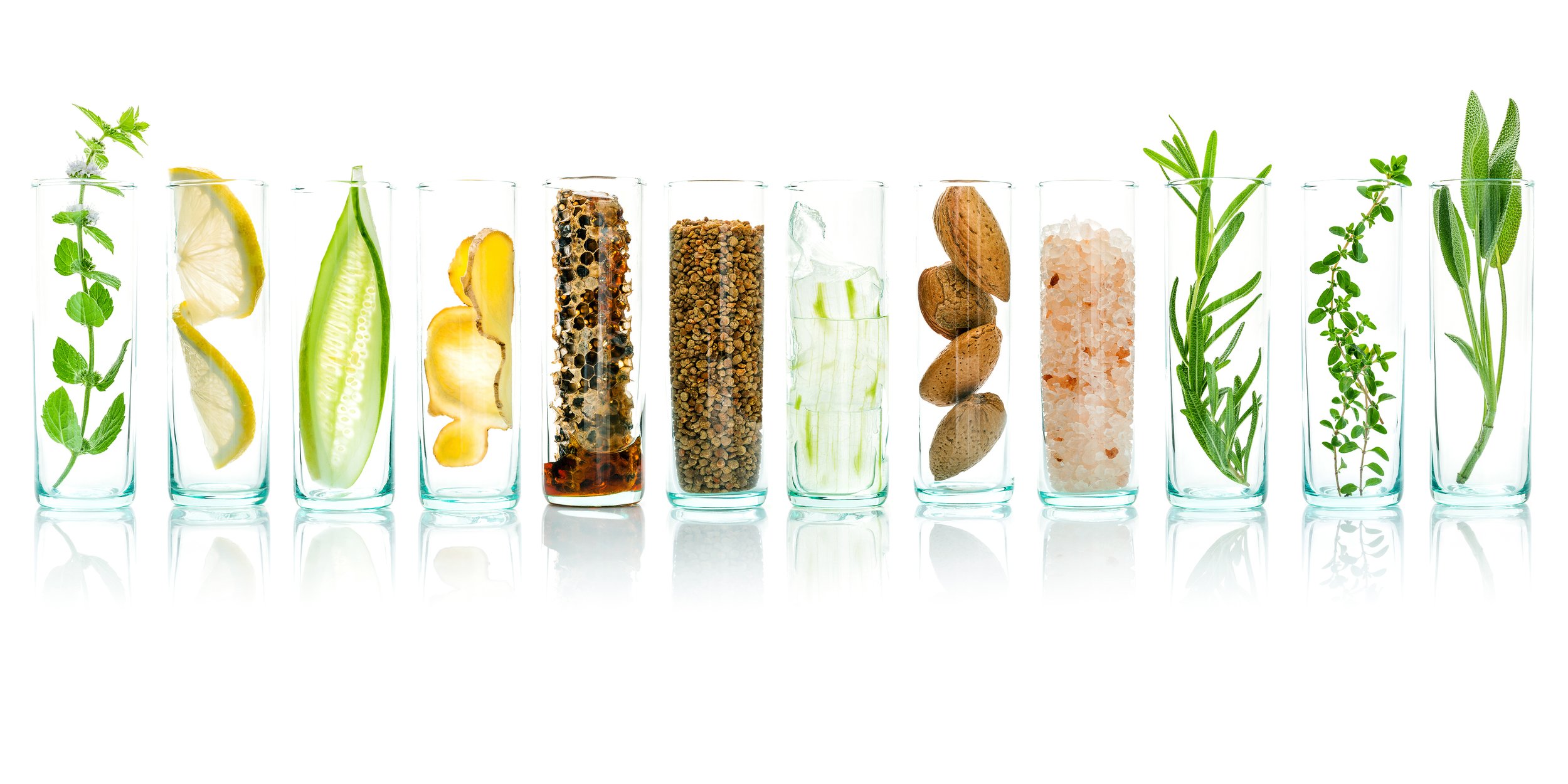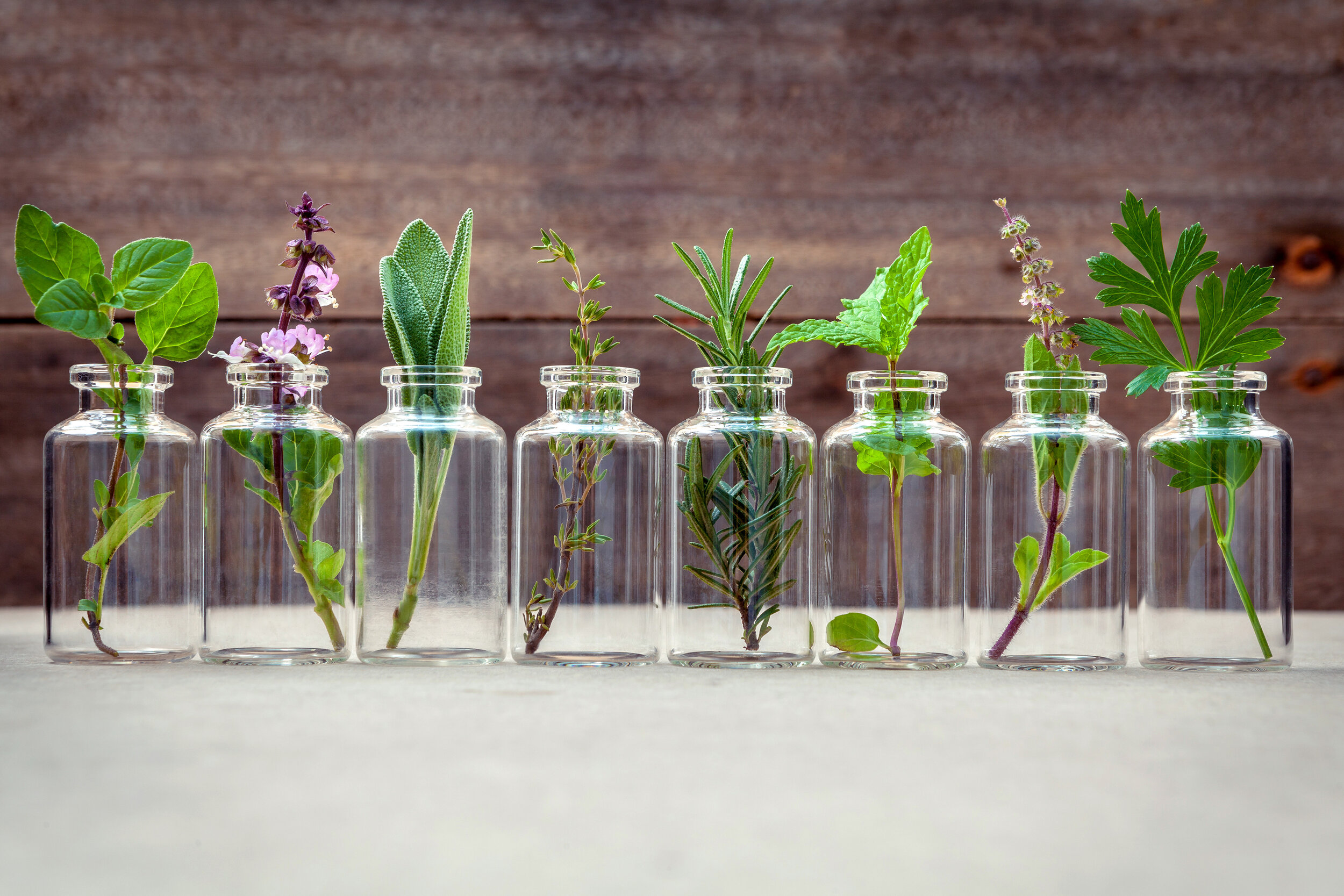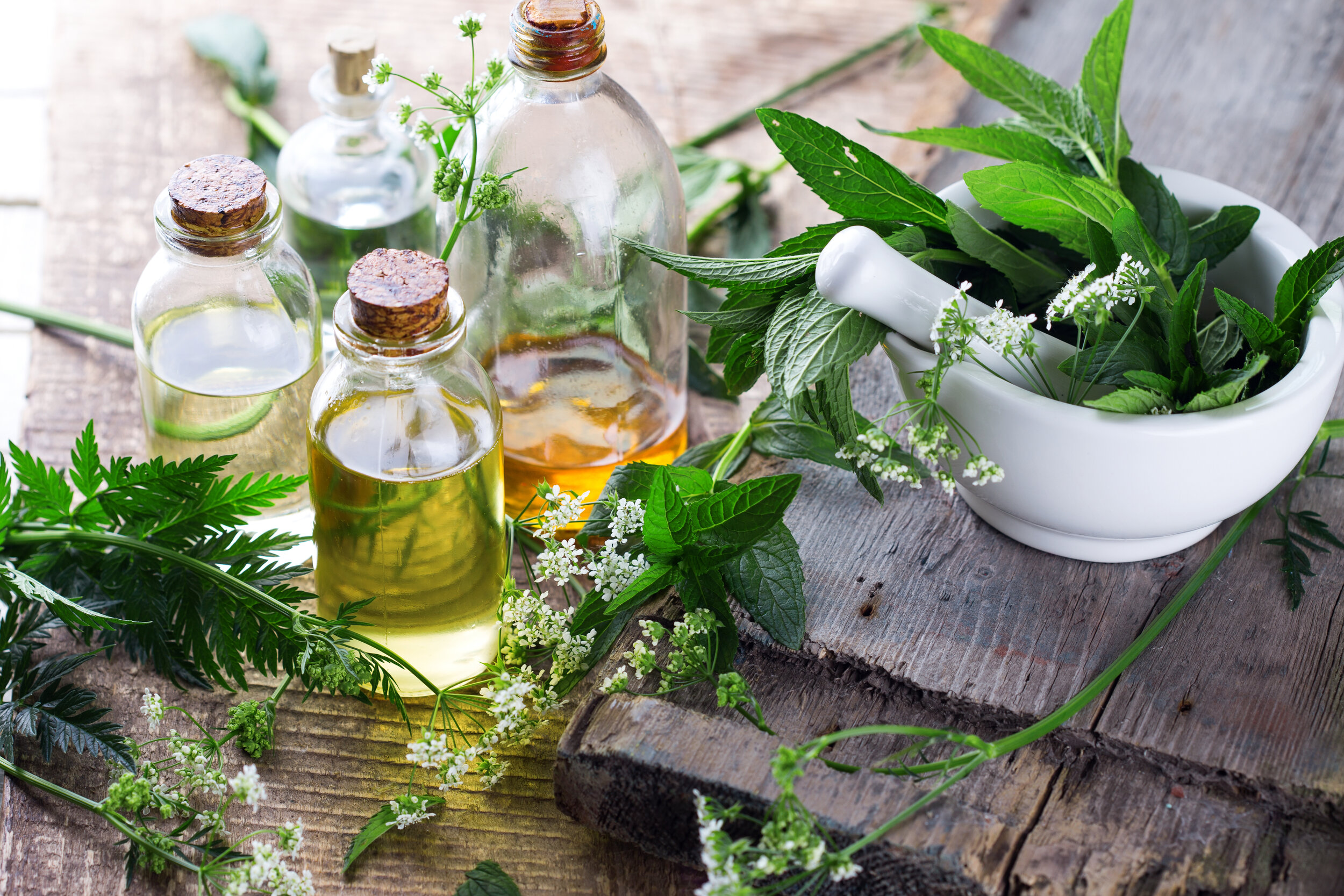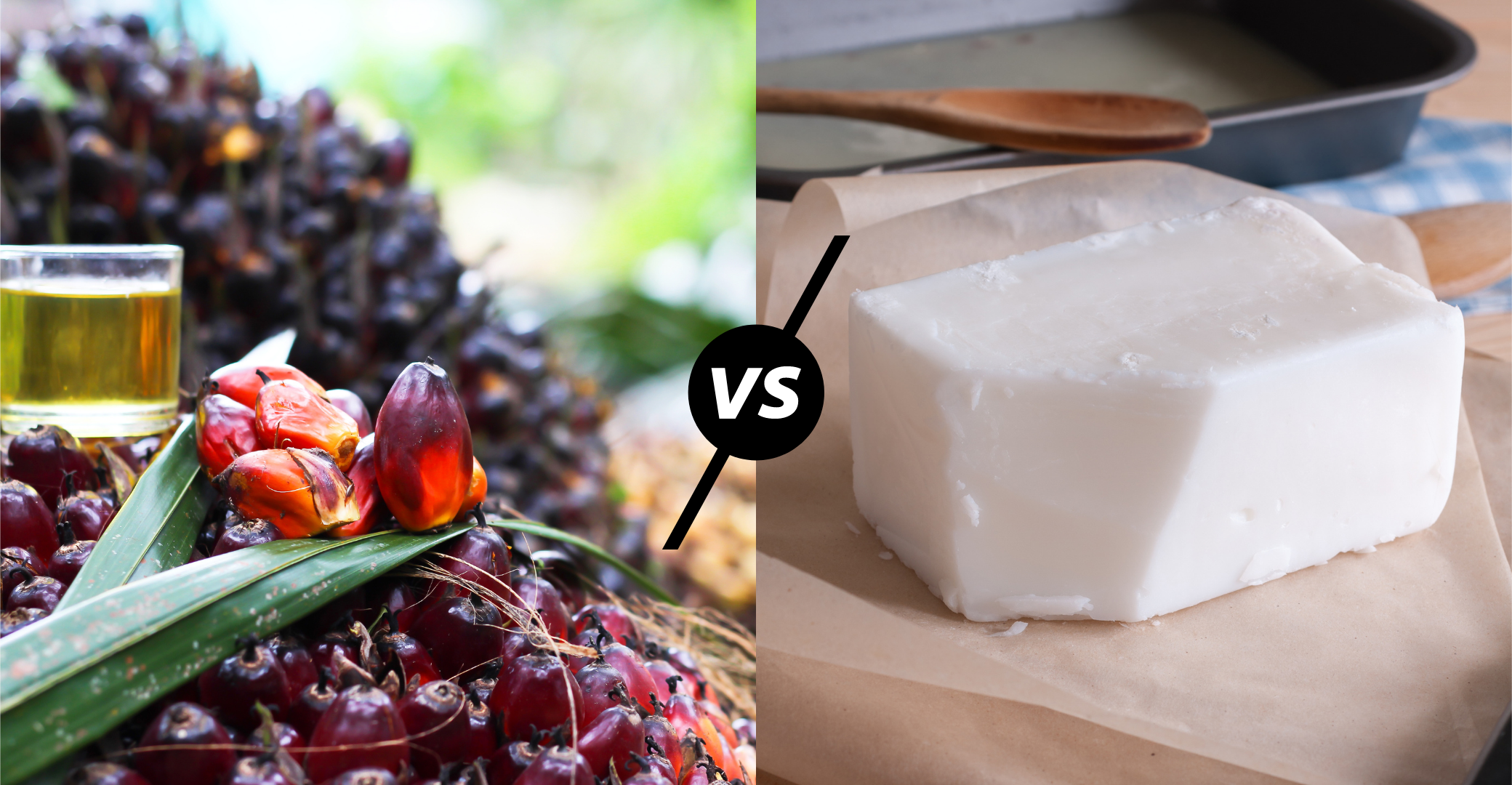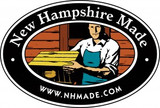Our Pine Tar 20% tallow soap is one of our most unique and powerful soaps. That is why we decided this month’s blog post will be all about pine tar soap. Have you heard about the miraculous benefits of using tallow soap made from pine tar but don’t know if it’s true? From skin-calming properties to odor-absorbing abilities, pine tar soap has been popular among those with sensitive skin for centuries. But what exactly is this spectacularly powerful tool in your natural beauty arsenal? In this blog post, we will explore the facts and dispel some myths about how you can take advantage of all this incredible soap has to offer! So keep reading - you’re sure to love what you discover about our Pine Tar 20% tallow soap.
Fact: Pine tar oil is made by burning pine tree stumps
People have been using the age-old method of creating pine tar oil by burning pine tree stumps to extract the sap for centuries. This traditional approach yields genuine peasant-made tar that maintains a dark golden hue packed full of qualities beneficial to your skin, such as antiseptic and antibacterial properties that protect against bacteria and fungi. Now this valuable oil can be found in soaps crafted exclusively with natural ingredients like coconut oil and tallow blended into it – making it the ultimate soap for soft, smooth, and healthy skin!
Myth: Pine tar smells bad
One myth that has been floating around is that pine tar soap smells bad. This couldn’t be further from the truth! In fact, many people are pleasantly surprised by the campfire scent of this soap. While some may describe it as a burning wood scent, others feel it has a pleasant earthy aroma that they find quite enjoyable! It is definitely worth a try for the amazing benefits this soap has to offer.
Fact: Pine tar’s uses for skin go back thousands of years
The use of pine tar for skin care goes back thousands of years, and it still remains popular today due to its effective cleansing properties and refreshing scent. Not only does it help clear up acne and reduce inflammation, but it also helps soothe irritation caused by eczema or psoriasis. And thanks to its antibacterial properties, it can help keep bacteria at bay while soothing dry skin patches simultaneously! That said, using pine tar soaps can really make a difference in your overall skincare routine!
Myth: Pine tar soap and black soap are the same
Another myth is that pine tar soap and black tar soap are the same — this is false, as they are two different products with different benefits and uses. It’s important to note that while pine tar soap and black tar soap may appear similar, they are actually quite different. Pine tar soap is made with natural ingredients like pine resin, while black tar soap contains coal tar, which is used to treat dandruff, kill lice, and aid skin conditions similar to pine tar. Black soap also has a more intense and unpleasant smell that some cover up with essential oils. While both soaps have their own unique benefits, neither should be considered a substitute for one another.
Fact: Pine Tar soap Has a ton of benefits for your skin
Pine tar oil is a true triple threat when it comes to skincare: its antifungal, anti-inflammatory and antipruritic qualities make this natural ingredient an excellent choice for providing soothing relief from common skin conditions like dryness, eczema, dermatitis, and hives. Its antibacterial properties also help protect against potential bacterial growth or spread. Combined with the nutrient-packed tallow in our soaps, pine tar’s benefits become even greater as they work together in synergy to nourish your complexion while relieving any itching and irritation. So why not enjoy all these amazing advantages – try pine tar soaps today!
Fact: Pine Tar can absorb other odors
With its special ability to absorb unwanted odors, pine tar soap is a must-have for anyone looking for unstoppable freshness. It prevents bacteria growth that causes body odor and can also trap unpleasant smells such as smoke and food scents - meaning you won’t have to worry about smelly feet or hands! Get ready: Unstoppable freshness awaits with the natural power of pine tar soap.
Whether you have skin issues you are concerned about or want something new, give pine tar soap a chance! With its long history as a beneficial cleanser as well as its earthy aroma, there’s no doubt why so many people are turning towards this soap for their everyday skincare needs. Not only does it smell great, but it also provides numerous health benefits for your skin! So why wait? Give it a try today!



